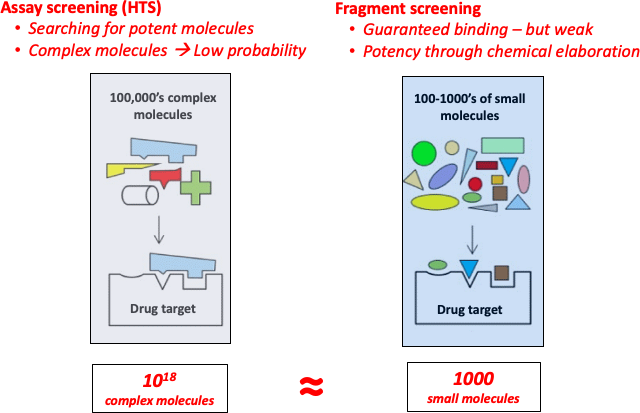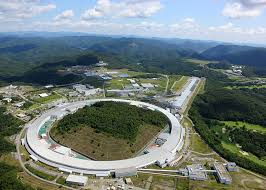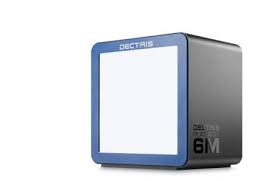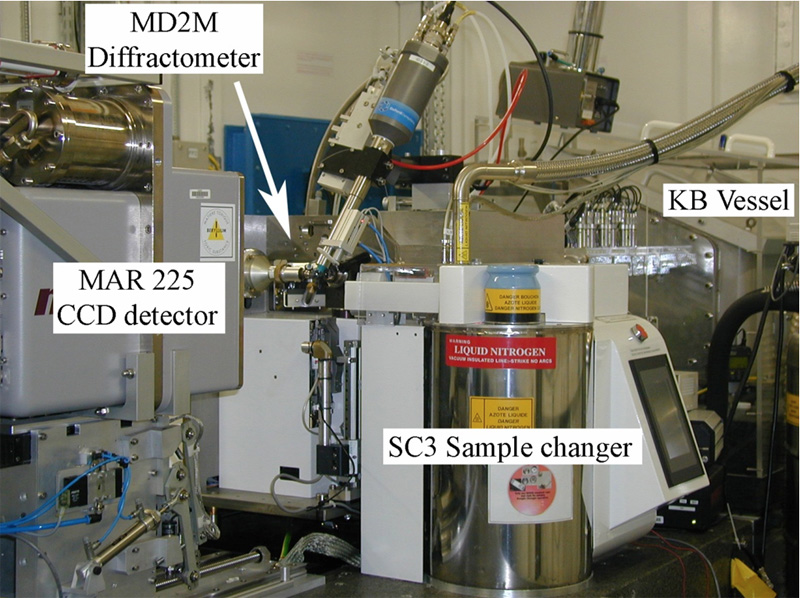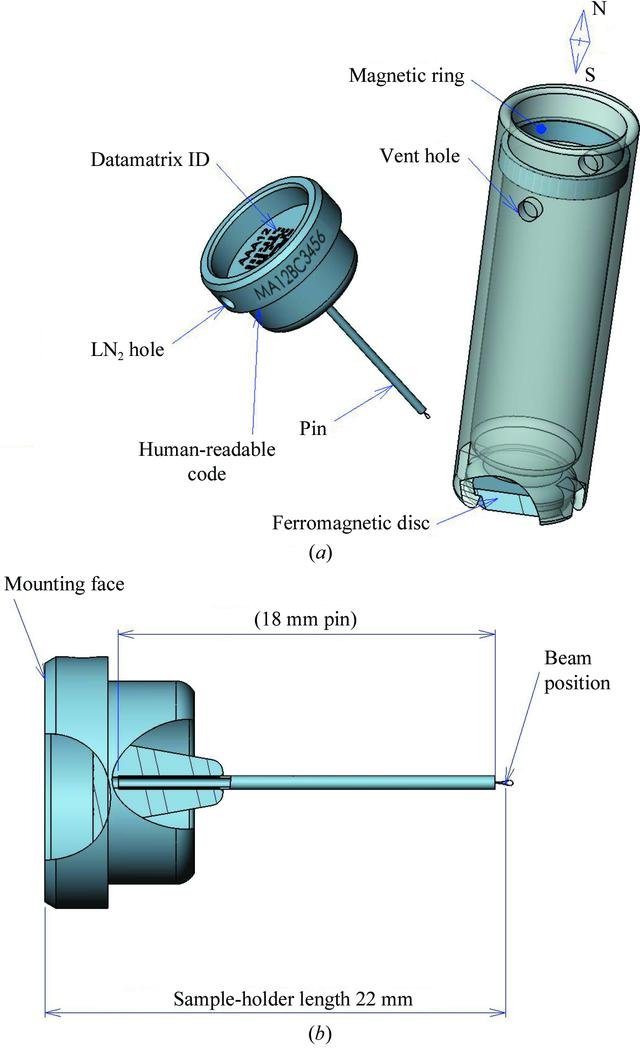For those of you not familiar with fragment based drug discovery ..a quick summary below but for those who would like to access XChem @DiamondLightSou we provide full support to UK and European based groups (latter via @iNEXT_Discovery and @instructhub ) https://twitter.com/MartinWalshDLS/status/1313768156436013056">https://twitter.com/MartinWal...
1)Screening extremely large libraries of chemical compounds in a high throughput manner has led to many lead compounds for drug discovery but the scale and costs and low hit rates for new targets spurred new ways of finding starting compounds for drug discovery
2) Fragment-based drug discovery is based on idea that by using small less complex compounds one can effectively screen the large number of drug like compounds predicted with a relatively small number of fragments (estimated at 10^63!! - https://pubmed.ncbi.nlm.nih.gov/8788213/ ">https://pubmed.ncbi.nlm.nih.gov/8788213/&... )
3) An excellent recent review of the fragment based approach is https://www.nature.com/articles/nrd.2016.109">https://www.nature.com/articles/... - using X-ray crystallography to screen for fragments was first championed by ASTEX pharmaceuticals ( https://pubs.acs.org/doi/full/10.1021/jm0495778)">https://pubs.acs.org/doi/full/... -although at the start much lower throughput than other techniques
4) Crystallography is essential as the fragments bind with very weak affinity to the drug target of interest - thus the 3D structure of the protein-fragment complex is essential to aid elaboration of the initial fragment & #39;hit& #39; to improve binding and get to a lead compound ..
5) Although super bright synchrotron sources came online in the mid-1990& #39;s ...ESRF @esrfsynchrotron pioneered the way followed by APS @advancedphoton and SPring8 @spring8pr ..many developments were still needed to provide the high-throughput demanded by medicinal chemists ..
6) - (shameless self plug )although with the appearance of the worlds first dedicated tuneable undulator beamline for macromolecular crystallography at APS it was easy to show the potential of these machines even back then! https://onlinelibrary.wiley.com/doi/abs/10.1107/S0907444999003698">https://onlinelibrary.wiley.com/doi/abs/1... @ActaCrystD
7) Key developments to increase throughput to make X-ray fragment based approach as a powerful front runner were bigger and faster x-ray detectors and automating gettting the crystal samples onto the beamline....detector technology moved at a rather slow space -
8) We were lucky in the late & #39;90s to have access to a mosaic CCD developed by Steve Naday and Ed Westbrook at Argonne which was in alot of ways ahead of its time...so this helped #BB61">https://journals.iucr.org/s/issues/2006/01/00/pm5002/index.html #BB61">https://journals.iucr.org/s/issues/... ..CCDs remained the main technology till mid 2000& #39;s
9) Then a step change occured with the introduction of very fast low noise direct photon counting detectors from @DECTRIS_News ...hopefully they can provide a series of tweets on this ;-) !
9) automating sample handling was spearheaded by the MX group at stanford @ssrlnews in the early 2000& #39;s https://scripts.iucr.org/cgi-bin/paper?he0300">https://scripts.iucr.org/cgi-bin/p... and in Europe @ESRF we had a big challenge on our hands to automate 7 ESRF MX beamlines and the UK MAD beamline BM14 (one of or the best in the world;-)
10) by 2005 all the MX beamlines @ESRF had robotic sample mounting - a big contribution here was that we standardised sample holders through the EC funded SPINE framework grant - these are now know as spine pins..now the standard worldwide https://journals.iucr.org/d/issues/2006/10/00/index.html">https://journals.iucr.org/d/issues/... Global Science!
11) Alot of the early work in automating the MX data collection experiment is summarised by one of the @ccp4_mx study weekends - https://journals.iucr.org/d/issues/2002/11/00/">https://journals.iucr.org/d/issues/... ...so when @DiamondLightSou came online in 2007 the UK MX community had 3 highly automated beamlines to exploit ...
12) by 2008 the MX group @DiamondLightSou had implemented fully automated data processing pipelines which meant data were processed within 2mins of the data collection experiment being completed - an old webpage here! https://www.diamond.ac.uk/industry/Industry-News/Latest-News/Synchrotron-Industry-News---MXnews4/Auto-processing-Pipeline.html">https://www.diamond.ac.uk/industry/...
13) @esrf @moncourvoisier
MASSIF took things further and built and developed a fully automated beamline with no users ! ... https://scripts.iucr.org/cgi-bin/paper?ie5144">https://scripts.iucr.org/cgi-bin/p...
MASSIF took things further and built and developed a fully automated beamline with no users ! ... https://scripts.iucr.org/cgi-bin/paper?ie5144">https://scripts.iucr.org/cgi-bin/p...
14) This set scene for Frank von Delft and his team to streamline the whole fragment-based workflow (from harvesting of crystals to data analysis) and make it tractable to do HTP X-ray fragment based screening at a synchrotron beamlime - XChem was born.. https://www.diamond.ac.uk/Instruments/Mx/Fragment-Screening.html">https://www.diamond.ac.uk/Instrumen...
15) ..so these few tweets really illustrate the need for long-term and sustained investment in basic science infrastructure, instrumentation and methods development -...the investment over the last 20 years in automation of macromolecular crystallography experiments now(see next)
16) allows us to apply these methods to accelerate development of antivirals for the current and possible future pandemics. At XChem there are now 9 #SARS_CoV_2 fragment projects active! with groups at @RCatHarwell and external groups based in UK, USA, Brazil and Sweden/END

 Read on Twitter
Read on Twitter